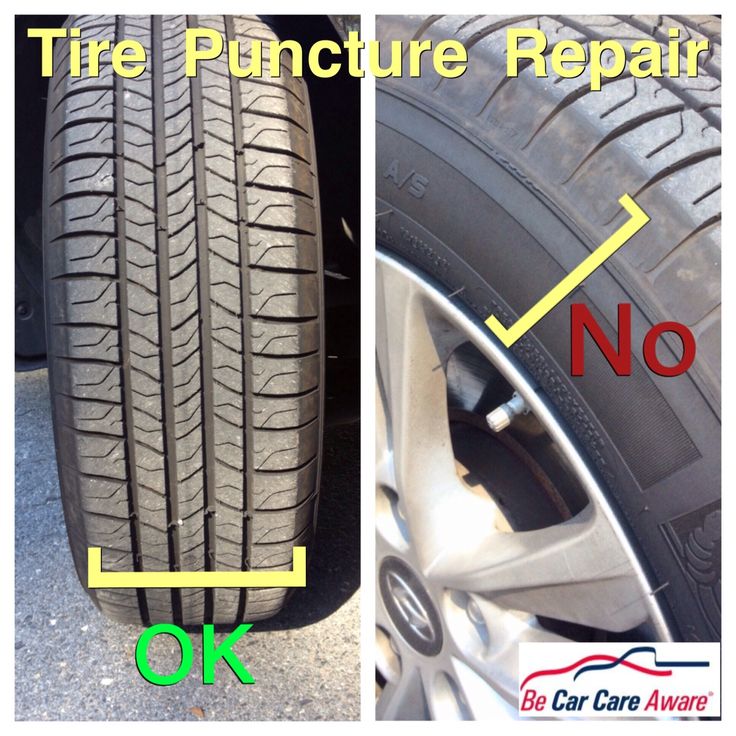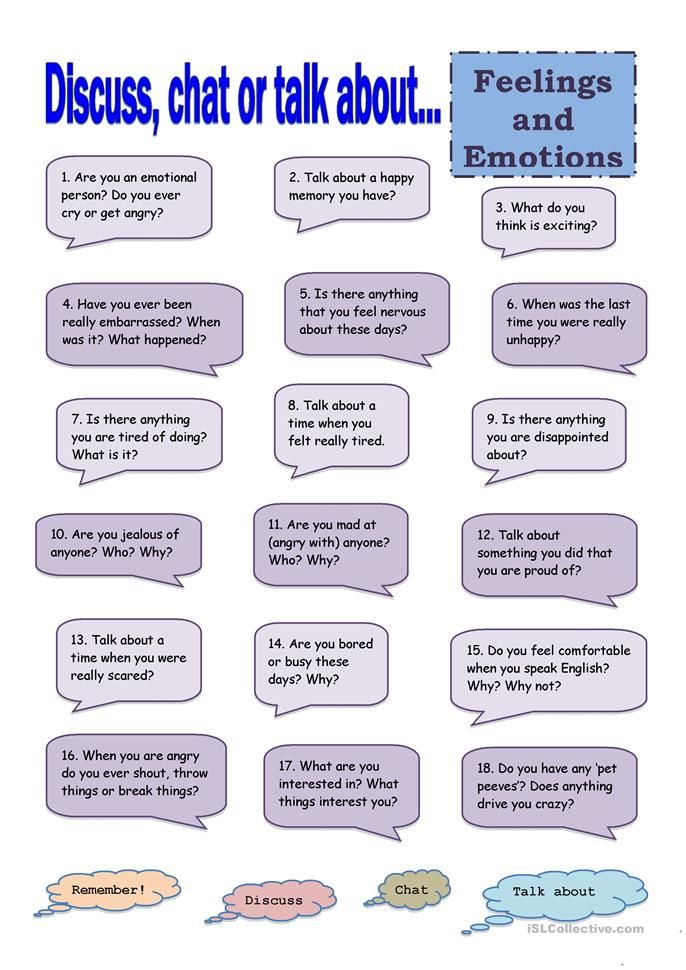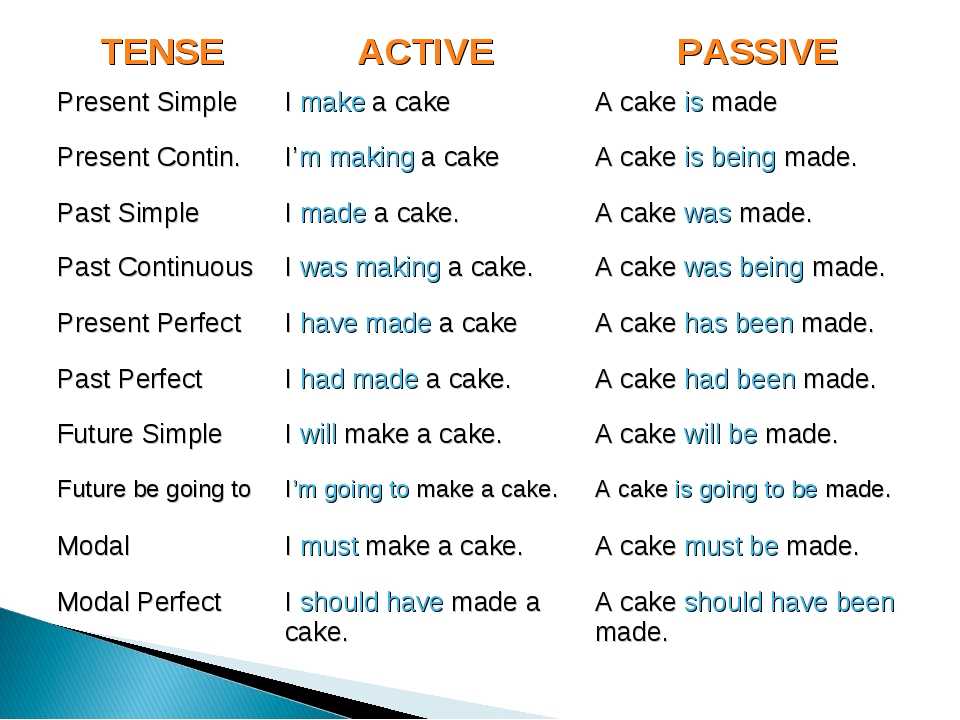Written by Steven Schiller
Fact checked by Henry Speciale
In this post, we will uncover how many times can you plug a tire and the reasons why you shouldn’t drive long distances on a plugged tire.
In general, it is safe to plug a tire twice, provided that the punctures are smaller than ¼ inch in diameter, at least 16 inches apart, and nowhere near the tire’s shoulder and sidewall. The second plug cannot be done in the same spot if the tire had multiple punctures in other areas or the previous repair has been compromised.
Remember that plugging is a temporary seal solution that enables a driver to reach the nearest service center within up to 8 miles. Otherwise, it may cause a tire blowout.
Table of Contents
Can a tire be plugged twice? Yes, but not in the same place. Repairing a tire with a plug depends on the tire’s condition and tread quality.
One needs to determine the quality of repair done in the past, how big of a hole it had, its location, the extent of the damage, and the type of tread you have.

In any case, if you wonder how many plugs can a tire have, do not exceed three.
Plugging refers to the process of inserting tiny sticky leather strips to seal a small hole.
Manufacturers recommend using a plug cord to seal the vent hole. This specialized wire can expand or contract according to the shape and size of the hole, and you can push it in the puncture before re-inflating the tire.
On the other hand, patching refers to sticking a piece of adhesive-covered rubber on the inside of the tire to seal bigger holes. It requires more time and work than plugging and is often done by auto mechanics.
Here are some quick pointers on when to plug or patch a tire:
| Plugging | Patching |
| Small puncture caused by treading on a nail or screw | Puncture that are big or jagged |
| Puncture is in the tread area, ¾ area of the center | Holes closer to but not on the sidewall |
| Not for sidewalls with bulges, bubbles, or damage | |
Some drivers and mechanics use both methods – tire plug-patch.
Doing a plug repair by yourself is acceptable in emergency cases. One can plug a tire without a plug tool.

Consider replacing the tire instead of plugging or patching if:
It is not advisable to drive on a plugged tire because
Can you patch a tire 3 times?
A tire can be patched twice and up to three times. However, this rule goes out the window if the hole overlaps another patch or damaged area.
Is it dangerous to plug a tire too many times?
Yes. Environmental factors such as air and moisture cause the tire and the wheel to degrade over time. Plugging a tire numerous times indicates a serious tire issue that may lead to a blowout.
Plugging a tire numerous times indicates a serious tire issue that may lead to a blowout.
Can a tire be patched twice in the same spot?
No. You should get a new tire, especially if you don’t want to risk tire blowouts in the middle of trips.
Is it OK to drive on a plugged tire?
Yes. According to numerous studies, driving on a plugged tire is safe within short distances of up to 8 miles. However, plugging is a temporary fix, so finding the nearest tire service center for a proper repair should be the priority.
How long does a tire plug last?
A tire plug can last 7 to 10 years, provided that it was installed properly and the driving conditions are not harsh. For instance, driving on rough roads may cause the tire to incur more damage.
Plug or patch a tire: which is better?
Plugging a tire is effective for smaller holes. It is faster than patching (takes about 5-10 minutes) and easier to do. Conversely, for bigger holes, a patch repair is better and more durable. However, it takes about 30 minutes for a tire to be temporarily fixed using a patch.
Conversely, for bigger holes, a patch repair is better and more durable. However, it takes about 30 minutes for a tire to be temporarily fixed using a patch.
Though you now know how many times can you plug a tire or how many times can you patch a tire, it doesn’t mean that scrimping on repair all the time is good.
Plugging and patching are not long-term solutions. Tire plugs are useful for emergency cases, but they should not be overused. When deciding how many plugs can you put in a tire, two or three should be the maximum. Otherwise, the vehicle’s safety is at stake.
Remember to keep a plug kit with you in case someone uses a tire slasher tool on your car.
Read more: Can I plug a run flat tire?
Categories FAQsI'm Henry, the content writer for PPMC Transport. We build our site entirely on experience and extensive market and customer research. My goal is to create a trusted platform where people can go to determine what is best for their vehicles in terms of safety and convenience. Keep an eye out for our useful guide!
We build our site entirely on experience and extensive market and customer research. My goal is to create a trusted platform where people can go to determine what is best for their vehicles in terms of safety and convenience. Keep an eye out for our useful guide!
- Speciale Henry
Have you ever had a flat tire? You would agree that it can be annoying. Sometimes, it could ruin your whole day, especially if you were going somewhere important when it happened.
However, you don’t have to worry anymore because a simple tire repair could fix it. You can either plug or patch your car tire or try out other options.
Now, the question is: how many times can a tire be patched?
It should never be done more than once and this article explains why.
Page Contents
Two.
If you have your tire’s sidewall areas punctured, you should only consider patching it once. If you do more than that, you risk getting into an accident.
No, it shouldn’t.
A tire should never be patched twice because it is dangerous.
Ideally, patched tires are only a temporary fix until you get a permanent solution.
If you patch twice, it can negatively affect your tire’s speed ratings and ultimately cause a serious blowout.
Yes, it is.
Patching a tire won’t be an option if it wasn’t safe for car owners.
You can safely drive with a patched tire until you can have it repaired properly.
However, you should make sure not to go beyond the speed limits or necessary requirements (specific repair limits) laid out by the tire manufacturer.
More so, you should never patch more than once.
No, you shouldn’t if you already have a previous puncture.
If a previously repaired area encounters issues again, i.e., puncture overlaps, you shouldn’t patch the area again. At this point, you should consider getting new tires.
If the repairs overlap, it poses a threat to you, as a driver.
Once.
A fix-a-flat cannot be used for all four tires – it can only be dispensed once.
If you use one can of this temporary tire repair substance on all four tires, you might just have improper repair, affecting your speed rating and causing severe damage to your wheels.
The answer depends on the puncture size and tire type.
There are some tires that cannot be repaired with a plug and patch mechanism, but those that can, can last up to ten years.
However, you need to check the manufacturer’s repair policy first before going ahead with the procedure. You might find out that some tyre companies prohibit repairs.
Before you conclude that you need to repair a tire, you must have noticed certain things. They include:
One of the first signs you see that definitely tells you that you need a tire repair is a flat tire.
If you do not have a run-flat tire, it may be impossible to move any further. You become stuck in that location until you replace the flat tires or try something else. You can use emergency inflators, fix-a-flat, tire plugs, or tire patches.
A tire’s tread area is another indicator of whether you need tire repairs or not.
The tread is a significant feature that helps the tire withstand impact on contact with the ground, and the quality and size play a role in how effective it would be.
For tires with a low tread area, you may have poor traction and grip, making it almost impossible to move.
And the only thing that explains a low tread area is a damaged tire.
If you start experiencing treadwear on one side of a tire – let’s say on only one tire, you should just consider repairing or getting a replacement.
If the tread wear is on the center trip, that means overinflation but if it is on the side, it means underinflation.
If you drive cars a lot, you can easily tell if there is something wrong with it or not.
Ideally, you will experience vibrations when driving, especially when on rough roads. However, you might get another level of tire vibration – something different from the usual.
You need a proper repair when you notice this change.
Finally, a perfect indicator that you need a tire repair is the low tire pressure warning system.
Some cars are built to have this tire air pressure feature in them so that owners can get a temporary or permanent solution to their problems.
There are different ways to repair tires – you can either use a tire patch or a tire plug. Regardless of what you use, tire experts predict that a proper plug or patch can last from seven to ten years.
If you will be going for the patched tire option to repair puncture repairs, here is a step-by-step guide on how to go about it.
The first thing you need to do before applying a tire patch is to find the leak. You need to know the site of impact, so you can work on it.
You need to know the site of impact, so you can work on it.
A simple way to find the leak is by pouring soapy water over the tire and waiting for some seconds to find bubbles. The site where you find bubbles indicates a leak.
Now that you’ve found the leak, the next part of puncture repairs is removal. Unlike plugging, you have to remove the tire so you can effectively patch the puncture.
Start with tread separation – remove bolts and nuts, and then remove tire and rim. As soon as your tire is separated from the rim, you can now work on it – find the leak(s).
There could be two punctures or more.
At this point, you should use a die grinder to smoothen the punctured area and spray compressed air to remove debris and dirt.
After doing this, apply vulcanizing cement to the area. This cement would prevent water from flowing into the hole.
Next, apply the tire patch to the punctured tire from the inside and roll.
With a rubber patch sealant, seal the patch to the tire. Wait for a few minutes.
As soon as your patch is fixed to the tire, you can reinstall the different components disassembled and reinstall your tire to your vehicle.
Once you have your patched tire attached to your car, you can start driving again.
Regarding the question: “how many times can a tire be patched?” The only chance you get is once. Anything more than that endangers your safety.
There is a reason why certain things are done or avoided.
Patching your tires when they get punctured is good and safe but that is only when you’ve done the repair once.
As long as you have them properly repaired by yourself or in an auto shop, you can continue your road journey safely.
P.S: If you experience flat tires a lot, you should consider replacing them with a better brand.
Photo: Mikhail Tereshchenko / TASS
adv.rbc.ru
See also
Nail, rebar or sharp stone - sometimes you can damage a tire almost from scratch. First of all, the scale of damage is important, and often rubber can still be repaired. Most often, motorists turn to tire shops for repairs in the middle of autumn or spring - just in the season of replacing summer tires with winter tires and vice versa. In order not to stand in lines, it is worth knowing exactly when to go to the tire shop and when to go to the store.
The most common "injury" to rubber is a puncture, and it can most often be repaired. Professionals in the nearest service will do it much faster, and your hands will remain clean. But if the puncture caught you in a deserted place, and there is a pump and a tire repair kit with harnesses in the trunk, you can patch up the tire yourself. Most often, when repairing the front tires, the wheel can not even be removed, it is enough to turn the steering wheel in the right direction and find the puncture site.
First, the hole is cleaned with a helical awl, the repair harness is smeared with glue and tucked into the eye of the awl, after which it is inserted into the tire hole. With a sharp movement, the tool is removed, and the tourniquet remains inside and securely clogs the hole. The tails are cut with a knife, but it is recommended to leave about 20 mm. After that, the tire can be inflated and the pressure checked.
Repair with tourniquets is not considered long-term, because after some time they dry out and begin to let air through. A more advanced puncture repair method is vulcanization. The hole is sealed with an elastic patch, and the funnel at the puncture site is filled with a special compound. A vulcanizer is put on top, which heats the patch and solders the excess.
Under service conditions, the puncture is also repaired with cord fungus. The puncture site is processed and drilled to roughen. Everything is smeared with glue, after which a fungus is introduced from the inside of the tire, its cap is rolled, and the excess legs are cut off from the outside.
Photo: PA Images / TASS
A puncture can also be repaired with sealant. Many car manufacturers with run flat tubeless tires put compressor repair kits in the car instead of a spare tire - a bottle of pressurized sealant. The car is raised on a jack, after which the sealant is pumped into the damaged wheel through the nipple. Next, you need to spin the wheel and pump it up. After repair, the car should be driven a couple of hundred meters to check the tightness of the tire. If it has not recovered, the procedure is repeated.
It happens that a self-tapping screw or a nail closes the hole in the tire, remaining inside. Do not rush to pull it out - until the pressure drops, you can safely get to the service for vulcanization. Sometimes the wheel begins to blow off a few weeks after the self-tapping screw got into it. Therefore, it is better to check tire pressure periodically, and if the pressure sensor lights up, you should at least visually inspect the tire for a nail head.
A bump or bulge most often occurs on the side of a tire after hitting an obstacle or hitting a hole at speed. From the impact, the sidewall carcass threads are damaged, the tire ceases to hold the load and pressure, swelling appears. Any small bump eventually turns into a larger one, and with such a defect, the wheel can burst at any time. This is a direct safety hazard because a sudden flat tire can cause loss of control and a road accident.
Some bulges can be repaired, but no patch will ever restore a tire to factory stiffness. The ideal option in this case is to replace the tire. If a hernia has appeared on the tread, then you can extend the life of the tire with the help of cord patches - ready-to-use patches with an adhesive layer. But if swelling is found on the sidewall, the likelihood of repair is minimal, the wheel is easier to change. Blisters on low profile tires are generally not repairable.
Only car service professionals can repair a side cut. Cord patches will be needed to repair the damage, but after some time the wheel will still have to be changed. This method will work only if the gap is not in the shoulder area of the tire, then no one will repair it.
This method will work only if the gap is not in the shoulder area of the tire, then no one will repair it.
In general, cuts or punctures, unlike punctures, are considered non-repairable, since the integrity of the frame is violated. And breakdowns do occur on the go, when the tire abruptly loses pressure and has time to make only a few turns “on the rims” before it comes to a complete stop. In this situation, the cord breaks and the layers of the tire are destroyed. Even if it is possible to close the hole, it is not recommended to use such a weakened tire.
Photo: Mikhail Pletsky / Russian Look
Cracks, sidewall abrasions and unprofessional tire fitting can also lead to tire problems. Cracks can occur as a result of improper storage of tires. Their danger is that moisture begins to flow to the cord, and this already renders the frame unusable. Air can also escape through cracks. Cracks cannot be repaired and tires will not last long. A tire with cracks is deformed, blistered, and may even break while driving.
Rubbing against curbs or driving on uneven roadsides can damage the tire sidewall. When driving like this, it is worth inspecting the tires for damage regularly. If a slight wear is found, the wheels can be swapped, which will slightly extend their service life and allow you to delay the purchase of new ones.
Improper fitting can damage the tire bead. In this case, the tire will lose its geometry and sit on a disc with a bevel, “eights” will be visible during rotation, and the driver will feel vibration while driving. It is impossible to repair this defect, the wheel must be changed as soon as possible, otherwise there is a risk of damage to the suspension.
How to Tires
LADA
UAZ
KIA
Hyundai
Renault
Toyota
Volkswagen
Skoda
Nissan 9000 Nissan 9000 Nissan 9000 Nissan
NISANI Mercedes-Benz
Mitsubishi
Mazda
Ford
All brands
Most often, we ourselves are to blame for the fact that tires become unusable. But this can be avoided.
But this can be avoided.
Related materials
You have never seen such tires: even the police were surprised
In the process of using a tire, a variety of damages can occur, most of which are the fault of the driver. As a result, rubber is wasted, and since the law prohibits the use of different tire models on the same axle, you have to spend money on replacing the second tire.
The most common damage is puncture . This is the most harmless type of damage, but only if you notice it in time and repair it right away. It is absolutely impossible to drive on a flat tire, even a couple of meters! The damage caused by running on a flat tire or with low pressure is catastrophic. This causes the sidewalls to deform more than they should, which causes the tire to overheat, delaminate, and the carcass becomes unusable due to broken cords. As a result, the tire will have to be thrown away. In addition, the edge of the rim can also be damaged.
Punctures are of two types: with and without cord damage. To determine this, it is necessary to remove what pierced it. If the edges of the puncture tightly converge, then the cord is not damaged and it will be possible to repair the tire without removing it from the disk. Otherwise, if the edges do not converge, you will have to disassemble the wheel and make repairs with strengthening the frame from the inside. Alternatively, in the field and in the absence of a spare wheel, such a puncture can be repaired without removing the tire from the rim, after which you can carefully drive to a tire fitting or garage and make a full repair.
Related materials
Is it possible to pump up a wheel without a compressor - the experiment "Behind the wheel"
When repairing, the puncture site should be cleaned and marked. Further, it all depends on what kind of repair kit you have - as a rule, instructions are attached to them. There are sealants that are poured into the tire through the nipple, after which the wheel turns with the puncture down and the substance seals the hole. Repair using a tourniquet or insert is somewhat more complicated, but also more durable: the edges of the hole are polished with a special tool, after which the tourniquet treated with a special compound must be inserted into the tire through a puncture with a special awl, pulled out (not completely) out and cut flush with the surface.
Repair using a tourniquet or insert is somewhat more complicated, but also more durable: the edges of the hole are polished with a special tool, after which the tourniquet treated with a special compound must be inserted into the tire through a puncture with a special awl, pulled out (not completely) out and cut flush with the surface.
In case of damage to the cord due to a puncture, the tire must be removed from the rim in order to install a reinforced patch with an additional cord on its inner surface. One of the sides of such patches has an adhesive layer that promotes cold vulcanization. After such a repair, wheel balancing will be required. To seal punctures from the inside, patches in the form of a mushroom are also used, with a leg that goes into the puncture. Such patches are also covered with a special adhesive for cold vulcanization.
Cuts or holes , unlike punctures, are not repairable, as they violate the integrity of the frame, which can no longer be strengthened. In addition, breakdowns are always sudden and occur on the go: the tire abruptly loses pressure and before the car comes to a complete stop it has time to make several revolutions “on the rims”, which breaks the cord and destroys the layers. It is not recommended to use such a weakened tire, even if it was possible to repair and strengthen the place of the rupture or cut, in the future.
In addition, breakdowns are always sudden and occur on the go: the tire abruptly loses pressure and before the car comes to a complete stop it has time to make several revolutions “on the rims”, which breaks the cord and destroys the layers. It is not recommended to use such a weakened tire, even if it was possible to repair and strengthen the place of the rupture or cut, in the future.
Related materials
8 tire storage rules - do you follow them all?
Incorrect storage of tires can cause cracks . The danger of such damage is that moisture enters the cord through cracks, which renders the frame unusable. In addition, air can escape through cracks. Unfortunately, cracks are not repairable, and tires with them will not last long: sooner or later they will deform, become covered with swellings due to rusted and torn cord or because of driving with pressure below the recommended one.
Blisters or bulges can appear on a tire for a variety of reasons - it always happens due to a broken cord or delamination in the carcass. In the first case, an obstacle was hit and the impact broke the cord or the cord was cut through with a sharp object. In the second case, there is no damage on or near the hernia, which means that it appeared either due to a factory defect, or due to frequent driving with pressure below the recommended one. The danger of hernias is that they can explode at any moment and provoke a skid, which will lead to an accident. If there is nothing to replace a tire with a hernia, then it is better to rearrange it to the rear axle and drive very carefully. Like cracks, a hernia cannot be repaired. Sometimes small blisters resulting from impacts or cuts are reinforced with reinforced patches, but there is no guarantee that the tire will not explode. Therefore, tires with hernias are recommended to be replaced immediately.
In the first case, an obstacle was hit and the impact broke the cord or the cord was cut through with a sharp object. In the second case, there is no damage on or near the hernia, which means that it appeared either due to a factory defect, or due to frequent driving with pressure below the recommended one. The danger of hernias is that they can explode at any moment and provoke a skid, which will lead to an accident. If there is nothing to replace a tire with a hernia, then it is better to rearrange it to the rear axle and drive very carefully. Like cracks, a hernia cannot be repaired. Sometimes small blisters resulting from impacts or cuts are reinforced with reinforced patches, but there is no guarantee that the tire will not explode. Therefore, tires with hernias are recommended to be replaced immediately.
Related materials
Tire blackening - 6 ways to polish. Inexpensive!
Tire sidewalls can be damaged by rubbing against curbs or the asphalt edge when pulling over. If you are prone to such a driving style, then it is recommended to inspect the inner and outer sidewalls from time to time and, if abrasion is found, swap the wheels in order to prevent the cord from being exposed - the rubber thickness on the sidewalls is small (1.5–3 mm), and it can be rubbed to the frame very quickly.
If you are prone to such a driving style, then it is recommended to inspect the inner and outer sidewalls from time to time and, if abrasion is found, swap the wheels in order to prevent the cord from being exposed - the rubber thickness on the sidewalls is small (1.5–3 mm), and it can be rubbed to the frame very quickly.
Often the cause of tire damage can be poor-quality tire fitting , during which the bead ring was damaged. In this case, the tire loses its geometry and “sits” crookedly on the disk - it writes out “eights” during rotation, and lateral vibration appears during the ride. It is impossible to repair such a tire - you need to replace it with a serviceable one as soon as possible before it damages the suspension: rods, hubs and bearings.
You can find out whether you are using tires correctly and what invisible damage they have received by the characteristic wear of the tread, the varieties of which are collected in the table for convenience:
Double side shoulder wear
Driving with lower than recommended tire pressure.
Inflate the tires to the pressure recommended by the automaker (a plate with recommendations is attached in the driver's door opening) and find the cause of the fall: puncture, cracks, hernia, nipple, rust on the rim of the disc in the place where the tire fits, etc.
Center wear
Tire pressure too high.
Reduce the pressure to the recommended (indicated on the plate in the driver's doorway)
can be found on trailers or rear wheels of pickups and vibrations due bouncing at high speeds.
Changing wheels on a loaded axle to equalize wear, driving with a heavier load.
Chipped wear with cuts
Frequent wheel spin on rocky surfaces.
Move the wheels to a non-driving axle, use the gas pedal more carefully when starting to move.